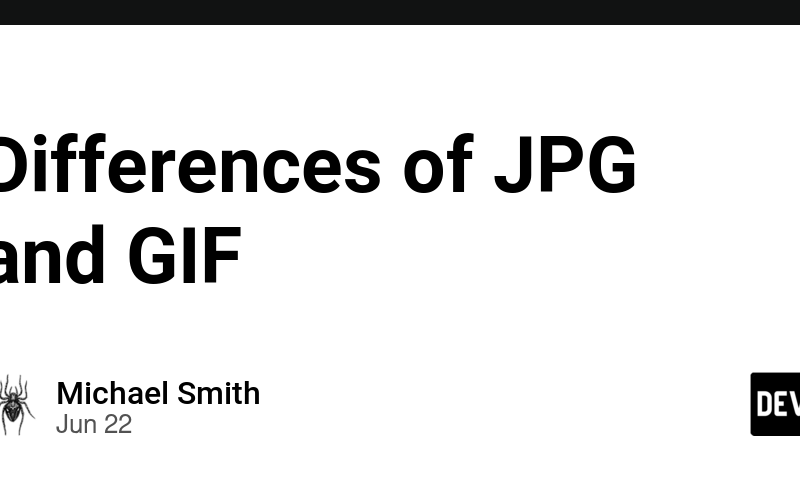What Are the Differences Between JPG and GIF?
JPG (or JPEG – Joint Photographic Experts Group) and GIF (Graphics Interchange Format) are two of the most commonly used image formats, each with its own set of characteristics suited for different applications.
JPG
– Compression: JPG uses lossy compression, which reduces file size by discarding some image data. This can result in a loss of quality, especially at higher compression levels.
– Color Depth: Supports 24-bit color, displaying millions of colors, making it ideal for photographs and detailed images.
– File Size: Generally smaller due to lossy compression, which is beneficial for web use.
– Transparency: Does not support transparency.
– Animation: Does not support animation.
GIF
– Compression: GIF uses lossless compression, ensuring no loss of image quality. However, it is limited to a palette of 256 colors, which can restrict its use for detailed images.
– Color Depth: Limited to 8-bit color, supporting up to 256 colors, making it less suitable for detailed images.
– Transparency: Supports binary transparency, meaning a pixel can be fully transparent or fully opaque.
– Animation: Supports animations, allowing multiple frames within a single file, ideal for simple animated graphics.
– File Size: Generally small, especially for simple graphics with limited colors.
Where Are They Used?
JPG
– Digital Photography: Standard format for digital cameras and smartphones due to its balance of quality and file size.
– Web Design: Widely used for photographs and complex images on websites because of its quick loading times.
– Social Media: Preferred for sharing images on social platforms due to its universal support and small file size.
– Email and Document Sharing: Frequently used in emails and documents for easy viewing and sharing.
GIF
– Web Graphics: Ideal for simple graphics, icons, and logos with limited colors.
– Animations: Widely used for simple animations and short looping clips on websites and social media.
– Emojis and Stickers: Used in messaging apps for animated emojis and stickers.
– Graphs and Diagrams: Often used for simple graphics and charts that require clarity and small file sizes.
Benefits and Drawbacks
JPG
Benefits:
– Small File Size: Effective lossy compression reduces file sizes significantly.
– Wide Compatibility: Supported by almost all devices, browsers, and software.
– High Color Depth: Capable of displaying millions of colors, ideal for photographs.
– Adjustable Quality: Compression levels can be adjusted to balance quality and file size.
Drawbacks:
– Lossy Compression: Quality degrades with higher compression levels and repeated edits.
– No Transparency: Does not support transparent backgrounds.
– Limited Editing Capability: Cumulative compression losses make it less ideal for extensive editing.
– No Animation Support: Cannot handle animations within a single file.
GIF
Benefits:
– Small File Size: Effective for simple graphics with limited colors.
– Animation Support: Allows for simple animations within a single file.
– Wide Compatibility: Supported by almost all browsers and devices.
– Lossless Compression: Maintains original image quality without any loss.
Drawbacks:
– Limited Color Range: Restricted to 256 colors, which is insufficient for detailed images.
– Binary Transparency: Does not support varying levels of transparency.
– No Advanced Features: Lacks support for complex color profiles and transparency levels.
Is It Possible to Convert JPG to GIF
Converting JPG to GIF can be beneficial when you need animation support or smaller file sizes with limited colors. There are plenty of options and tools for converting these two formats.
The Bottom Line
JPG and GIF are both essential image formats with distinct advantages and use cases. JPG is favored for its small file sizes, high color depth, and wide compatibility, making it ideal for digital photography and web use. GIF excels in supporting simple animations and graphics with limited colors, making it perfect for web graphics and animated elements.
Understanding the differences between JPG and GIF, and knowing how to convert between them, allows you to choose the best format for your specific needs. Whether you need the high color depth and compression efficiency of JPG or the animation capabilities and small file size of GIF, mastering these formats ensures you can handle any digital image requirement effectively.
Source link
lol

